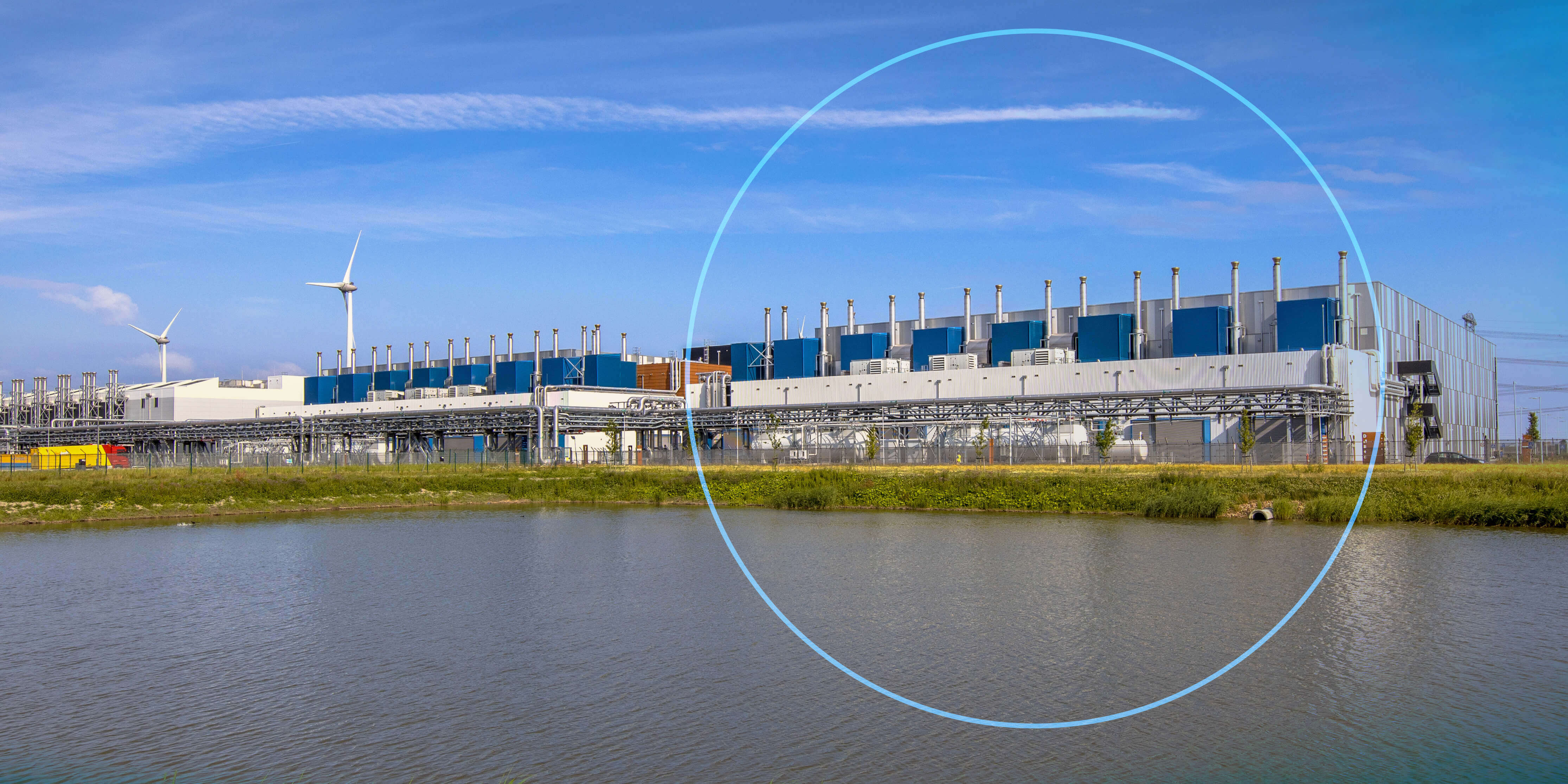Decarbonizing Industry Operations
In today’s world, industries are facing mounting pressure to decarbonize and adopt sustainable practices. Reducing carbon emissions is not only vital for combating climate change but also for ensuring long-term business resilience. Through digital transformation, industries can rethink their operations, from product design to supply chains, and move toward more sustainable, resource-efficient processes.
Strategies for Decarbonization
Energy Efficiency
Thanks to automation and process optimization, manufacturers can efficiently reduce energy consumption.
Clean Energy
Replacing fossil fuels with low-carbon energy sources for operations can help companies further reduce their carbon footprints.
Circular Economy
By promoting resource efficiency, waste reduction, but also the reuse, recycling, and repurposing of materials, circular economy reduces reliance on virgin material sources.
Digitalization
Through precise simulations, real-time data analysis and virtual twins, digitalization presents significant opportunities, digitalization is key to decarbonize. (1)
Making Decarbonization a Reality with the Virtual Twin
Companies need to initiate real progress now to limit global warming to 1.5°C per the Paris Agreement. Depending on how effectively they meet science-based targets, new efforts may need to be undertaken to ensure consistent climate-neutral practices. Virtual twin experiences on the 3DEXPERIENCE platform provide a dynamic approach to realize scope 1, 2 and 3 goals. Sustainability enablers such as model-based systems engineering, simulation and lifecycle assessment give companies the visibility they need to manage GHG emissions and pioneer sustainable innovations across the value chain. It’s time to gain a robust understanding of your carbon footprint in all three emission scopes and make meaningful progress toward decarbonization.
Decarbonizing processes and operations: industries take actions
More than 5,000 companies have set science-based targets through the Science Based Targets initiative (SBTi) (2) in an effort to reduce emissions and mitigate the effects of climate change. These targets aim to provide a clear framework toward decarbonization.
A flexible and adaptive approach – powered by digitalization – can help companies control their environmental impact while fostering continued growth. Industries are implementing innovative solutions to reduce their emissions in their operations and meet their targets: let us explore tangible transition strategies that deliver significant outcomes.
Redefining Green Buildings: Sustainable practices at every stage
From simulating the impacts of recyclable materials on CO2 emissions and energy consumption to fostering the transition from concrete to wood for existing and new buildings, the construction industry has a great potential in minimizing their environmental impact.
Green Steel: Toward low-carbon production methods
By integrating virtual twin technologies, steel manufacturers can simulate and analyze production processes to reduce carbon emissions and transition to cleaner energy sources, making it a prime tool to enable more sustainable operations.
Driving Decarbonization in Mining
Mining industries can decarbonize by using virtual twins to optimize energy use, reduce waste, and switch to clean energy. They can also adopt circular economy practices, improve operational efficiency, and manage emissions more effectively.
Digitalize MedTech Manufacturing for Sustainable Operations
Today, medical device manufacturers are actively competing to lead the market and achieve more sustainable operations, seeking ways to reduce carbon footprints and prioritize eco-friendly practices. Embrace digitalization to create efficient, future-ready MedTech manufacturing.
How does carbon capture, utilisation and storage contribute to decarbonizing industry?
Carbon capture, utilization and storage (CCUS) helps decarbonize industries by capturing CO2 emissions from industrial processes before they are released into the atmosphere. This reduces the overall carbon footprint and supports the decarbonization efforts of industries.
Customer Stories
FAQ on How Industries Decarbonize Operations
Related Content
Enabling the low-carbon transition of the Transportation Sector
Reducing carbon emissions is critical to combat climate change, and the integration of low-carbon energy solutions is key to driving sustainability in product development, manufacturing and usage.
Onshoring Sustainable Supply Chains
Companies can now relocalize their production more sustainably and efficiently with smarter supply chain planning on an integrated platform.
Putting Sustainability into practice with DELMIA solutions
From optimizing production to decarbonizing your supply chain, this hands-on immersive experience empowers you to see the impact firsthand explore how the full DELMIA suite of solutions can help your organization drive efficiency and sustainability.
Realize Climate Neutrality Across Your Value Chain
Climate neutrality involves reaching a state where human-caused greenhouse gas emissions are offset by natural absorption. This requires emissions reduction efforts.
